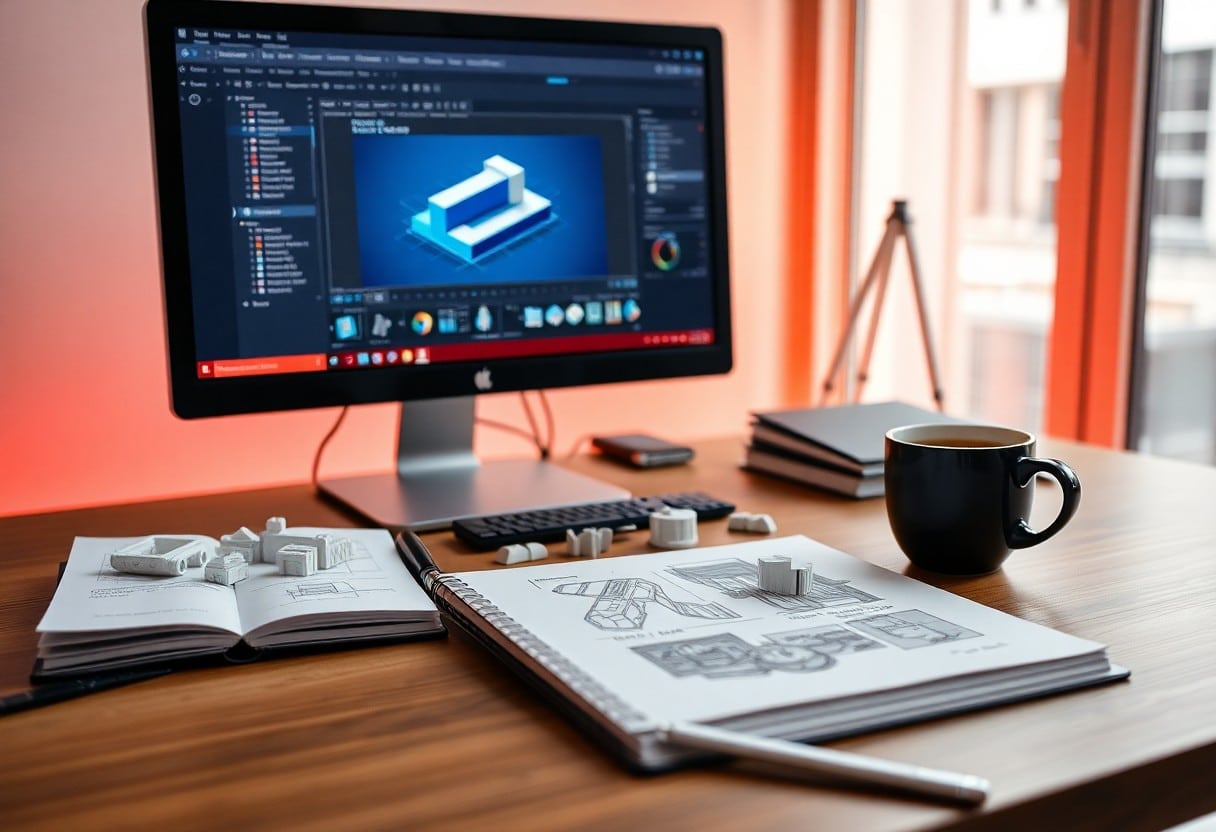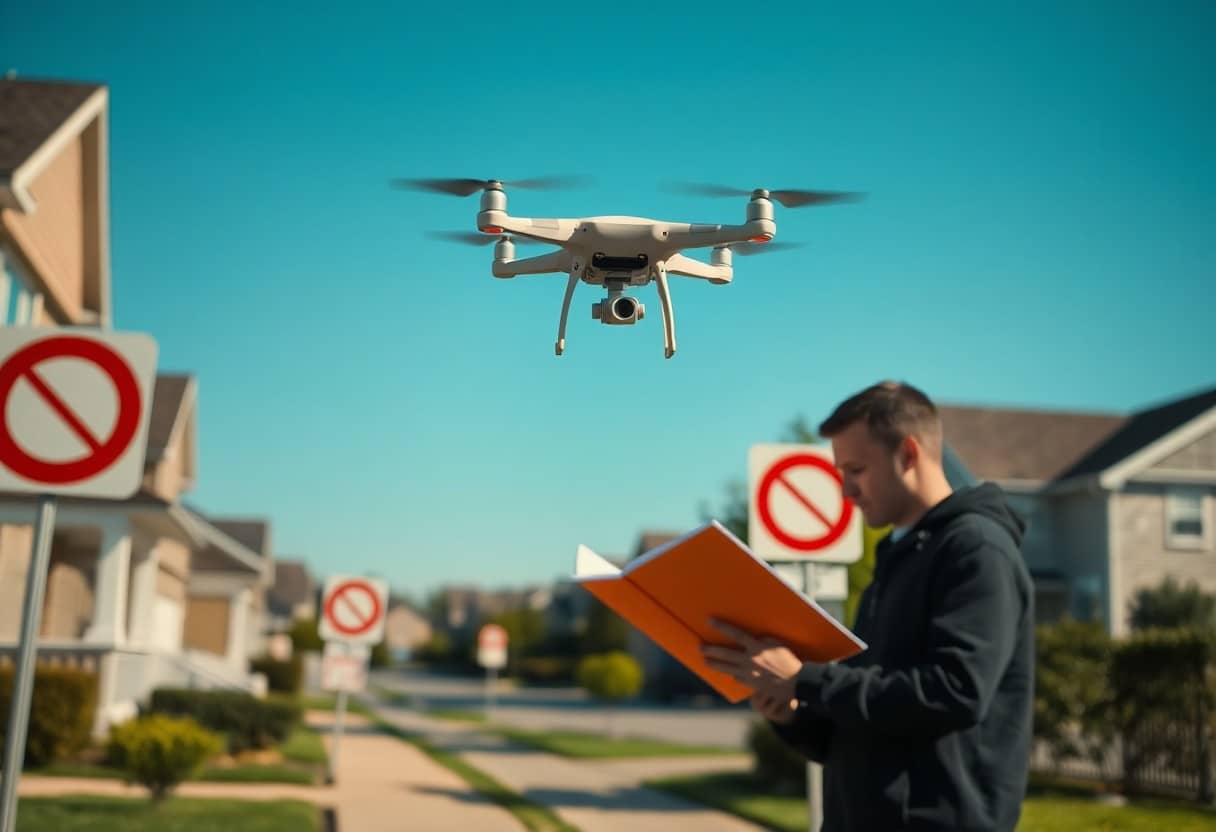How can ND filters improve your drone photography in bright conditions?
When you are inShooting in a bright environmentWhen using ND filters, you can dramatically improve your UAV (Unmanned Aerial Vehicle) photography. These filters help you control your shutter speed and aperture settings by minimizing the amount of light entering the lens, thus gainingSharper, smoother imagesThe ND filter minimizes the risk of overexposure, especially in bright sunlight. Especially in bright sunlight, the ND filter reduces the risk of overexposure, making it easier for you to capture theSubtle detailsand natural colors. Knowing how to utilize these filters will make your work more professional.
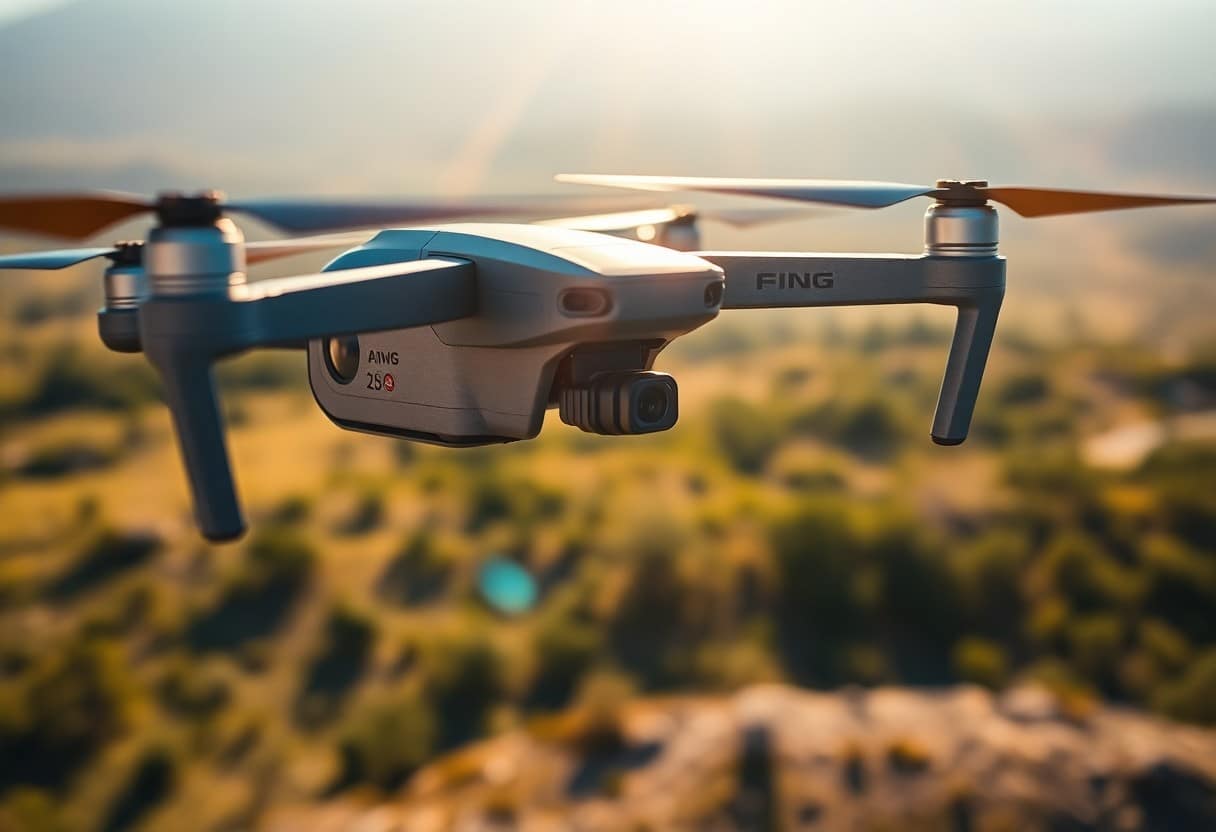
Key Points.
- Reduced lightThe ND filter effectively reduces the amount of light entering the lens to avoid overexposure.
- Enhanced Motion Blur: The ND filter creates a natural motion blur effect when photographing moving objects.
- Increase color saturation: The use of ND filters improves the color saturation of your photos and makes your images more vivid.
- Adjusting Shutter Speed: The ND filter allows photographers to use slower shutter speeds in bright environments to achieve ideal exposures.
- Avoiding reflections: The ND filter reduces light reflection and enhances image clarity.
- Simplified Postproduction: Photos taken with ND filters usually require less adjustment in post-production.
- Enhanced Depth of Field Control: ND filters help photographers control the depth of field and increase the flexibility of creative shooting.
Understanding ND Filters
In drone photography, an ND filter (Neutral Density Filter) is a tool that helps improve image quality. This filter reduces the amount of light that enters the camera lens, allowing you toBright EnvironmentThe photos are taken in a more professional manner.
What are ND filters?
ND filters are filters designed to reduce the intensity of light, usually used in photographic equipment. These filters do not change the color, but simply reduce the intensity of light, allowing the photographer toStrong light conditionsIt also maintains proper exposure under
How ND filters work
ND filters operate by absorbing or scattering a certain percentage of light so that your camera's light sensor is in theSame exposure timeThe amount of light received is reduced. This operation not only increases the room for creativity, but also maintains the clarity of the image.
When using ND filters, you are able to choose longer shutter speeds, which is great for taking pictures.Dynamic Objectsor water surface effect is quite important. At the same time, such a filter makes it possible for thedaytimeShooting with a wider aperture helps create a shallower depth of field that emphasizes the subject. Because it reduces the amount of incoming light, you don't have to over-adjust the camera's ISO or rely on faster shutter speeds, which improves image quality and reduces noise. With ND filters, your drone photography will be more professional and artistic.
The need to use ND filters in bright conditions
When shooting in bright conditions, you may find it necessary to use theND FilterThis filter effectively reduces the amount of light entering the camera. These filters effectively reduce the amount of light entering the camera, allowing you to take sharper images without compromising shutter speed. If you'd like to learn how to use these filters to improve the quality of your content, see10 Steps to Mastering the Rules for Commercial Use of DronesThe
The Challenge of Shooting in Bright Lights
Shooting in bright light conditions will undoubtedly challenge the quality of your images. Excessive light can lead to overexposure and loss of shadow detail, which can affect the overall appeal of the image. You'll need to find effective ways to deal with these problems, or else the best scenes won't turn out as well as they could.
Effect on Exposure and Image Quality
Taking pictures without proper filters will overexpose them, causing theLoss of image detailsrespond in singingColor DistortionThis not only affects the overall effect of the image, but also makes the editing process more difficult. This not only affects the overall effect of the image, but also makes the editing process more difficult, so the use of ND filters is the key to improving the quality of your images.
With the ND filter, you can get the ideal exposure in bright environments. This is because it reduces the amount of light entering the lens, allowing you to shoot at slower shutter speeds. In this way, you can not only preserve the details of your image, but also create a beautiful motion blur effect that enhances the overall artistry of the picture. This is especially important when photographing moving water or moving objects, and can significantly enhance the quality of your work.
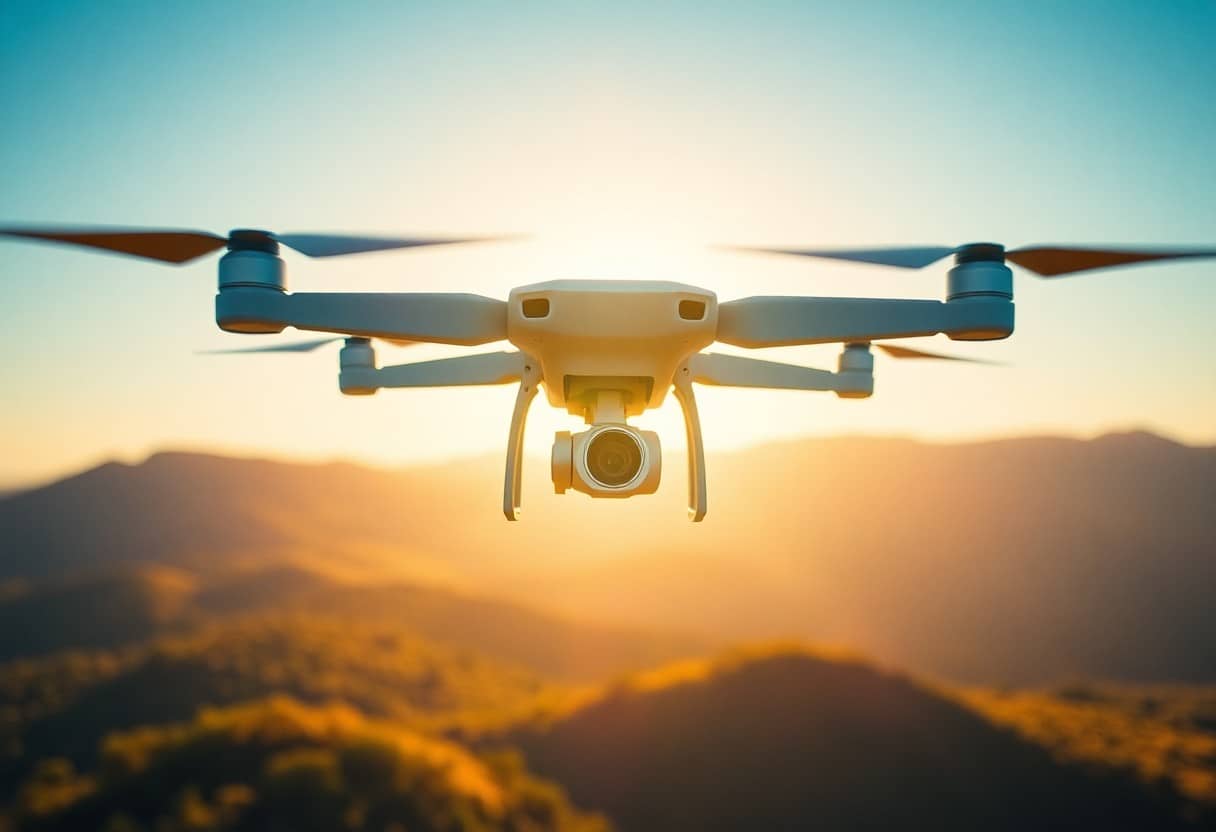
Benefits of ND Filters for UAV Photography
Using ND filters can significantly improve the quality of your UAV photography, especially in bright environmental conditions. These filters reduce the amount of light entering the camera lens, allowing you to maintain more natural colors and details without compromising image quality. Learn more aboutWhat aerial composition tips make your drone photography stand out?The information will be very helpful to you.
Enhanced Exposure Control
By using ND filters, you have greater control over exposure, which is especially important in high light situations. These filters allow you to choose longer shutter speeds without overexposing your photos, so you can capture more dynamic images.
Improves motion blur and aesthetic quality
ND filters not only help control exposure, they also improve the effect of motion blur and enhance the aesthetic quality of images. With these filters, you can achieve smoother motion effects when photographing moving subjects, making images look more dynamic and engaging.
By using ND filters, you can createA different kind of artistic effectMotion blur can add a sense of movement to still images when the shutter speed is slowed. When the shutter speed is slowed, motion blur can add a sense of movement to still images, especially when shooting over waterfalls or in crowds. This effect can make your photos look more lively and emphasize theVariability of SportsIt is a very powerful and dynamic experience that allows the viewer to feel the energy of the moment.
Choosing the right ND filter for your drone
Choosing the right ND filter is the key to improving your drone photography results. You need to considerFilter density, light conditionsand the type of camera you are using to make the best choice. By understanding the role of different filters, you can achieve optimal exposure and balanced image results in a variety of environments.
Filter Density and Selection
The density of a filter indicates its ability to reduce the amount of light entering the camera. You should check the density of the filter according to theBrightness of the shooting environmentChoose the right density. Common choices are ND4, ND8 and ND16, which provide you with different levels of light filtering to help you achieve the desired shutter speed and depth of field.
Compatibility with drone cameras
It is very important to make sure that the filter is compatible with your drone camera. Unsuitable filters may affect the picture quality or even prevent the camera from functioning properly. When choosing a filter, you need to check the diameter and design of the filters so that they will be able toSecurely mountedIt does not cause any accidental damage on your drone.
When choosing compatibility with your drone's camera, pay special attention to your drone model and camera specifications. If your drone is equipped with interchangeable lenses, you will need to determine the diameter of the filter threads. Also, some suspension stabilizer designs may restrict the use of certain types of filters.Pre-inspectionIt is very important to avoid unnecessary distress and disappointment.
Effective tips for using ND filters
To give full play toND FilterConsider the following tips to maximize the effect of the
- existBright Environmenthit the nail on the head
- Choose the right oneFilter Strength
- Adjusting the CameraShutter speedfor best results
- Ensure that the filter and the camera lens arecompatibility
As you can notice, the proper use of ND filters can help you achieve the desired results in your photography.
Correct technology and settings
When shooting, make sure your camera is set up correctly to take full advantage of theND FilterThe effect. Using manual mode, keep the ISO setting at its lowest, then adjust the shutter speed and aperture to control exposure. This will result inClear and fineThe image captures a smoother motion effect.
Common Mistakes
There are a few common mistakes to avoid when using ND filters. First of all, don't neglect the filter'sIntensity SelectionIf you use a filter that is too strong, it may cause the image to be too dark. Secondly, you should not ignore the adjustment of aperture and shutter speed when taking pictures, which may affect the image quality. Finally, please pay attention to the cleanliness of the lens to avoidDirt and fingerprintsAffects shooting results.
Avoid theseCommon ErrorsIt's essential to enhance your shooting experience. UseImproper filter strengthIt may result in a picture that is too dark, while not adjusting the shutter speed in time may prevent your picture from being properly exposed. In addition, keeping the lenscleanlinessThis prevents the final image from being affected and maintains the image'sclarityand color accuracy. So, before you shoot, check all the settings to make sure yourND FilterCorrect use!
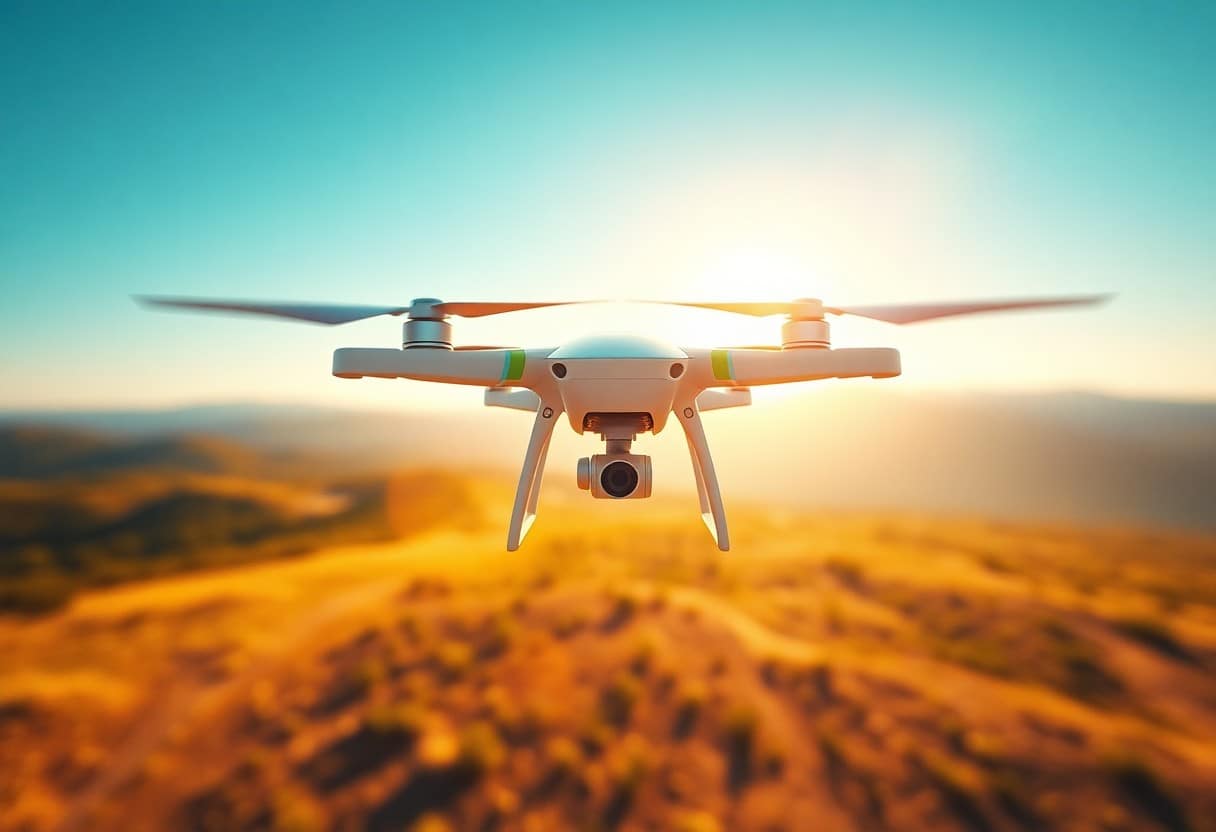
Practical Application of ND Filter in UAV Photography
In a brightly lit environment, theND FilterDramatically improve your drone photography. Using these filters reduces the amount of light entering the lens, which helps control shutter speed and aperture for better exposure and smooth motion. For more information, please refer toStep by Step - The 6 Best Techniques for Drone 3D ModelingLearn how to use ND filters to improve the quality of your photos.
Case Studies and Examples
Here are some real-life examples that demonstrateND FilterApplication effects in UAV photography:
- Case 1: Shooting a landscape on a sunny day with the shutter speed reduced from 1/2000 to 1/500 sec. resulted in enhanced image detail and better motion.
- Case 2: Using the ND4 filter to capture water reflections, the details are clear and colorful, and the picture is more vivid.
- Case 3: In a high light environment, using the ND8 filter, the exposure time was extended to 1/250 second and the dynamic clouds were successfully captured.
Feedback from professional UAV photographers
Professional UAV photographers generally agree thatND FilterThe importance of these filters in bright environments. They point out that these filters not only improve exposure control, but also enhance the overall artistic effect of the image. Many photographers report that the quality of images taken with ND filters is significantly higher, making their work more professional. In extreme lighting conditions, neglecting ND filters can lead to overexposure, which can result in the loss of valuable image details, so it's important to choose the right ND filters.
How ND Filters Enhance Your Drone Photography in Bright Environments
By using ND filters, you can improve the quality of your drone's shots in bright photographic conditions. These filters reduce the amount of light entering the lens, allowing you to create soft background blur with a wider aperture or capture motion blur at slower shutter speeds for more dynamic images. Whether you're photographing landscapes or moving subjects, ND filters help you achieve more artistic results, making your images more professional and appealing.
Frequently Asked Questions
Q: What are ND filters?
A: An ND filter, or Neutral Density Filter, is a filter that reduces the amount of light entering the camera lens. This filter does not change the color of the photo, but can control the exposure, thus helping the photographer to get the ideal photo effect under strong light conditions.
Q: Why is it so important to use ND filters in bright conditions for UAV photography?
A: In bright environments, especially on sunny days, using the ND filter prevents overexposure, helps preserve image details, and fills in colors. It also enables smoother motion blur, making the shot look more professional and dynamic.
Q: How do ND filters affect shutter speed?
A: Using ND Filter allows photographers to extend the shutter speed in sunny weather. This means you can capture the soft blur of moving objects without worrying about overexposing the image. This is especially effective when photographing water or fast-moving objects.
Q: What strength of ND filter do I need to improve my photography?
A: ND filters are available in different strengths, usually expressed as numbers (e.g. ND4, ND8, ND16, etc.). The strength of the filter you need depends on the strength of the outdoor light and your shooting needs. In general, filters from ND8 to ND64 are ideal for normal bright daylight conditions.
Q: What are some of the photography tips I need to pay attention to when using ND filters?
A: When using ND filters, it is recommended to adjust the camera's ISO and aperture settings to get the best exposure. Also, consider using a tripod to minimize camera shake, especially at longer shutter speeds. In addition, setting the white balance before shooting is also an important step.
Q: What brands of ND filters are recommended?
A: There are many well-known brands of ND filters on the market, and some of the recommended ones include B+W, Lee Filters, Tiffin and Hoya. These brands have a wide range of models and strengths, and have a good reputation for delivering quality image results.
Q: Will using ND filters affect my drone's flight performance?
A: Generally speaking, the use of appropriate ND filters will not significantly affect the flight performance of your drone. However, please be careful to choose the right filter weight for your drone to ensure that it does not add too much burden. If you need to use a heavier filter, you may need to check the battery life and flight stability.
